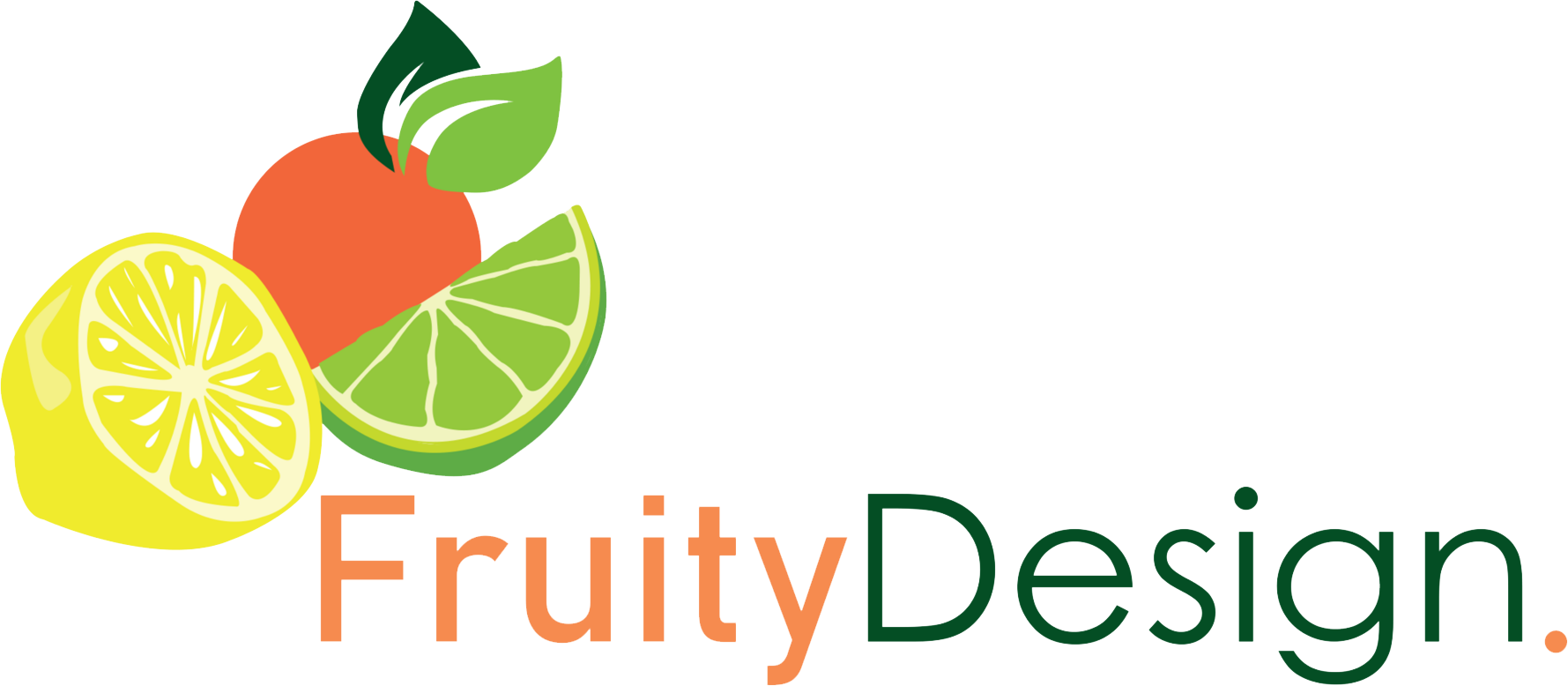User Interface (UI) Design: UI design focuses on the visual elements that users interact with on a digital platform. This includes layouts, typography, colors, buttons, icons, and other design elements that contribute to the overall look and feel of a digital product.
UI/UX Design
Understanding UI and UX Design
User Experience (UX) Design: UX design is concerned with the overall user journey and experience. It involves understanding user behaviors, needs, and expectations to design interfaces that are intuitive, efficient, and enjoyable to navigate.
Key Components of UI/UX Design Services
Wireframing & Prototyping
Visual Design
Usability Testing
Responsive Design
Benefits of Professional UI/UX Design
Enhanced User Satisfaction: Well-designed interfaces that offer intuitive navigation and efficiency lead to higher user satisfaction, engagement, and retention.
Competitive Advantage: A superior user experience sets your product apart from competitors and can become a key differentiator in a crowded market.
Reduced Development Costs: Clear design guidelines and prototypes minimize misunderstandings during development, leading to fewer revisions and cost savings.
Improved Conversion Rates: An intuitive and user-friendly design streamlines the conversion process, increasing the likelihood of users taking desired actions.
Brand Loyalty: Positive user experiences foster brand loyalty and encourage users to return to your platform.
Data-Driven Optimization: UI/UX designers often rely on data and analytics to make informed design decisions, ensuring continuous improvement based on user feedback.
